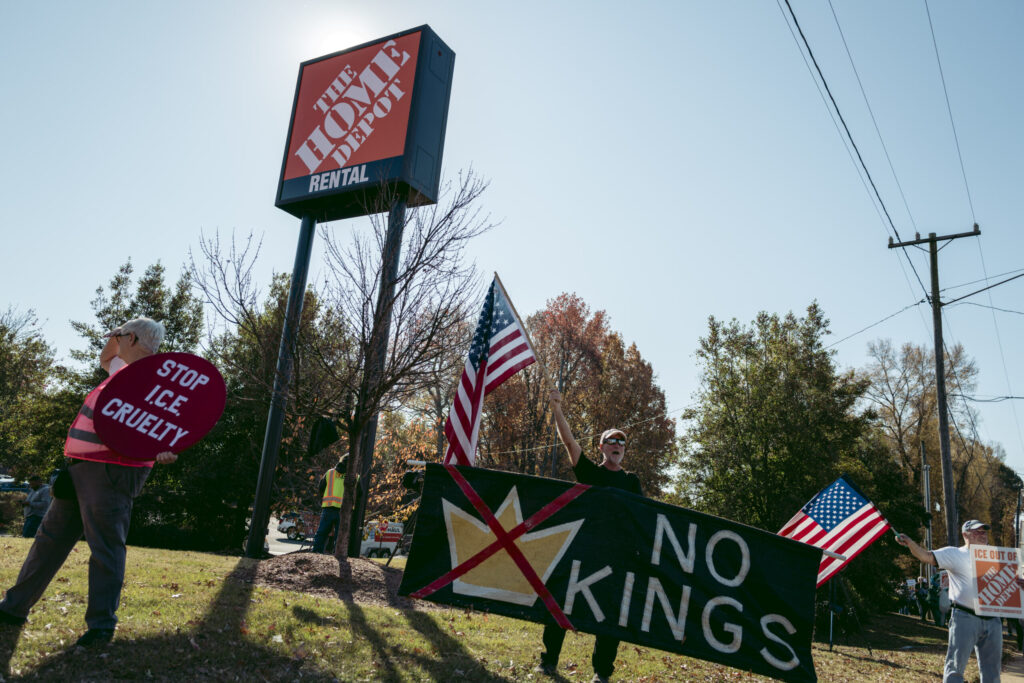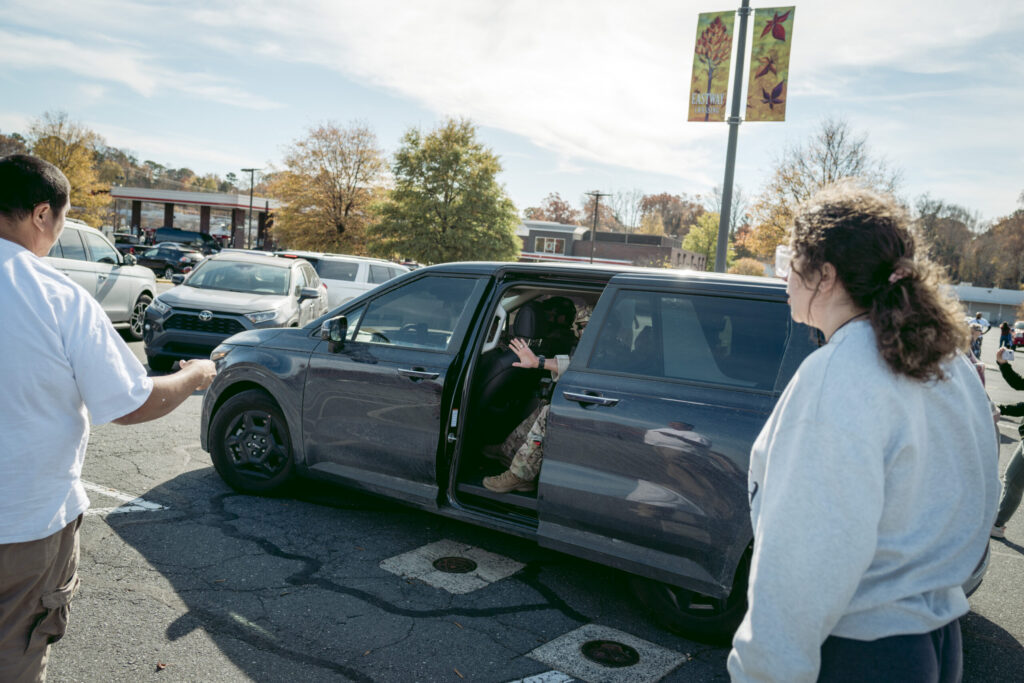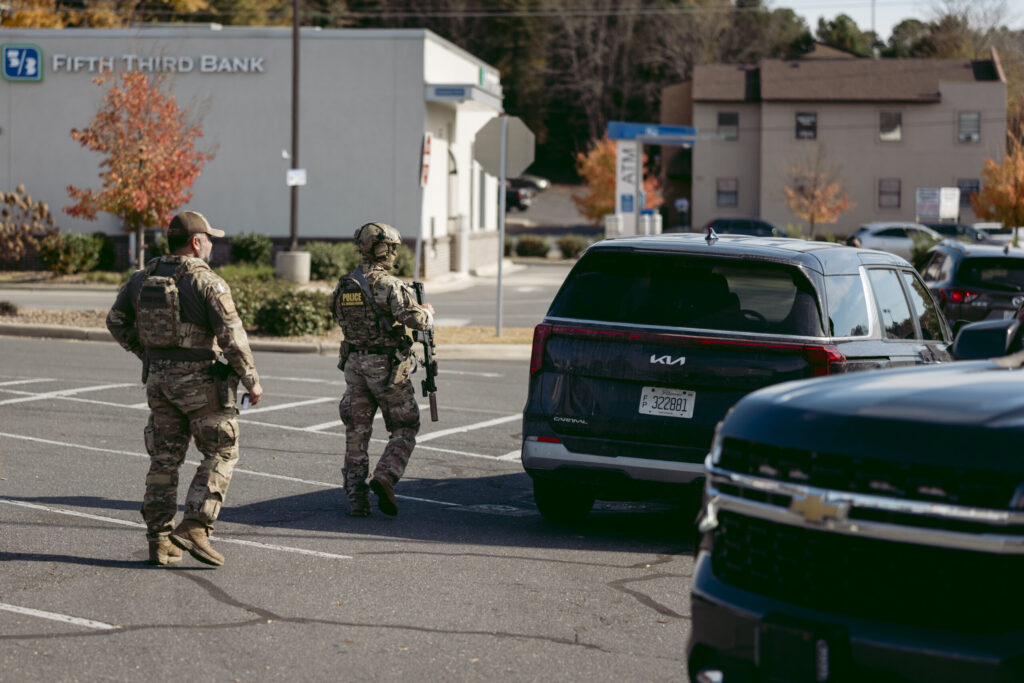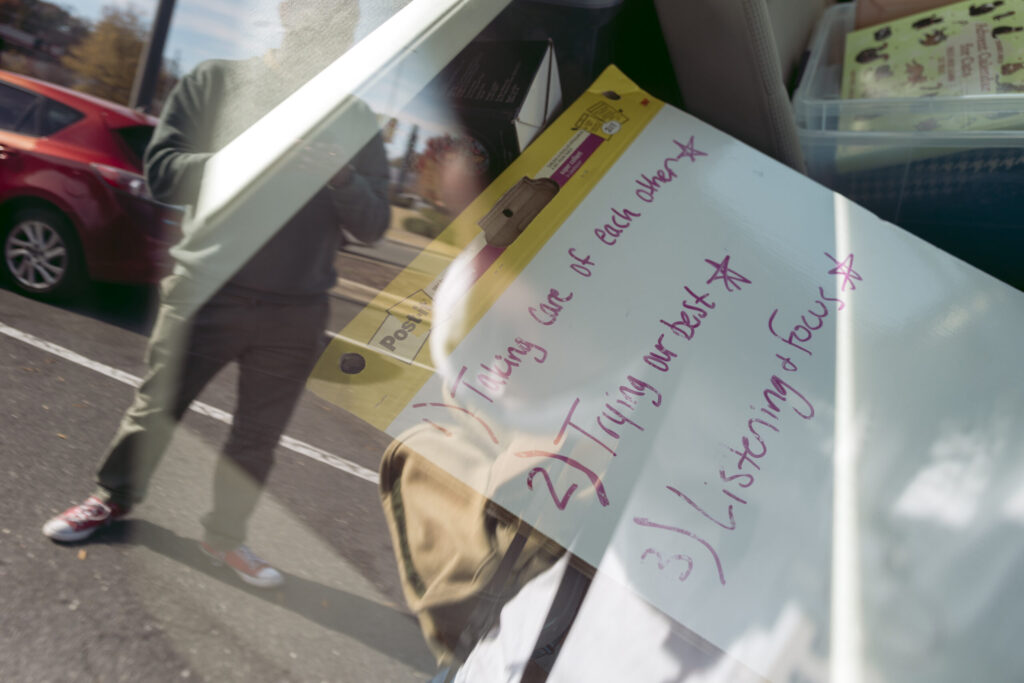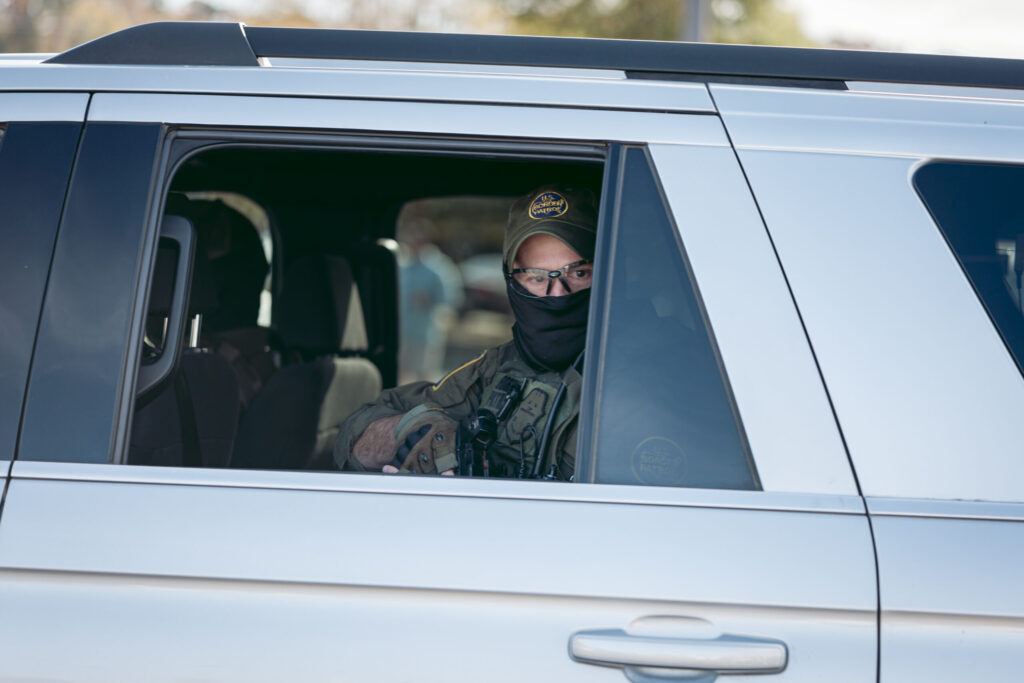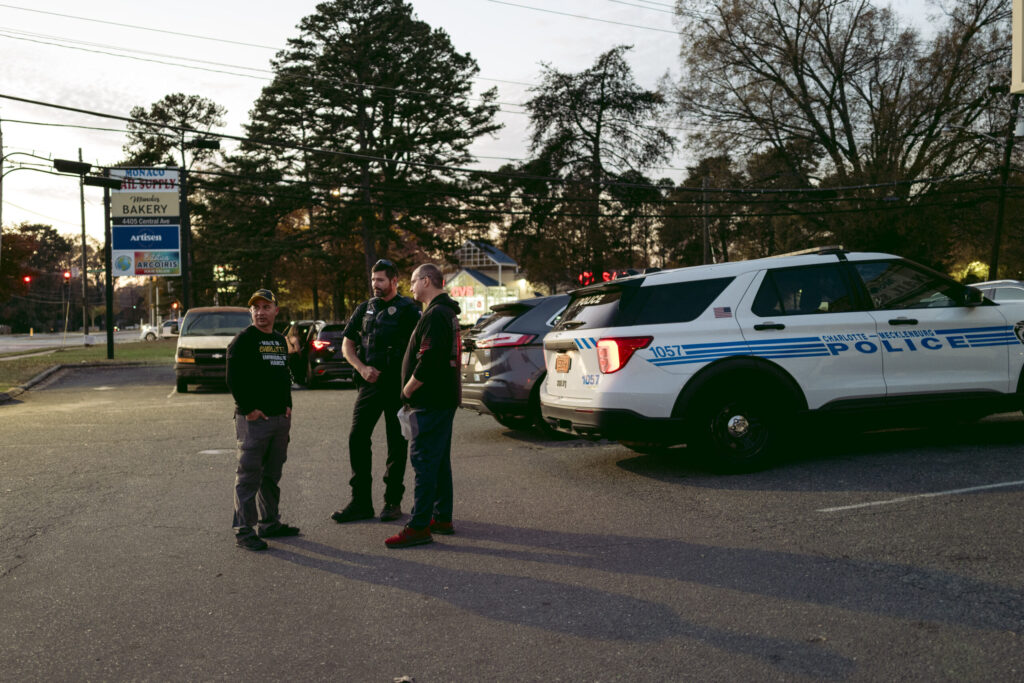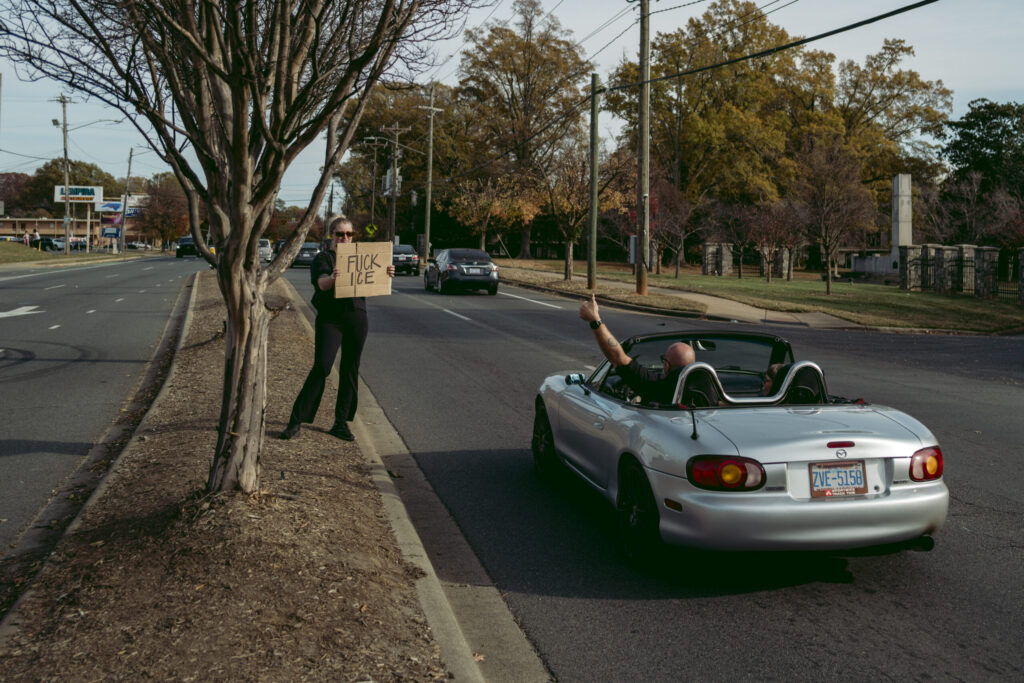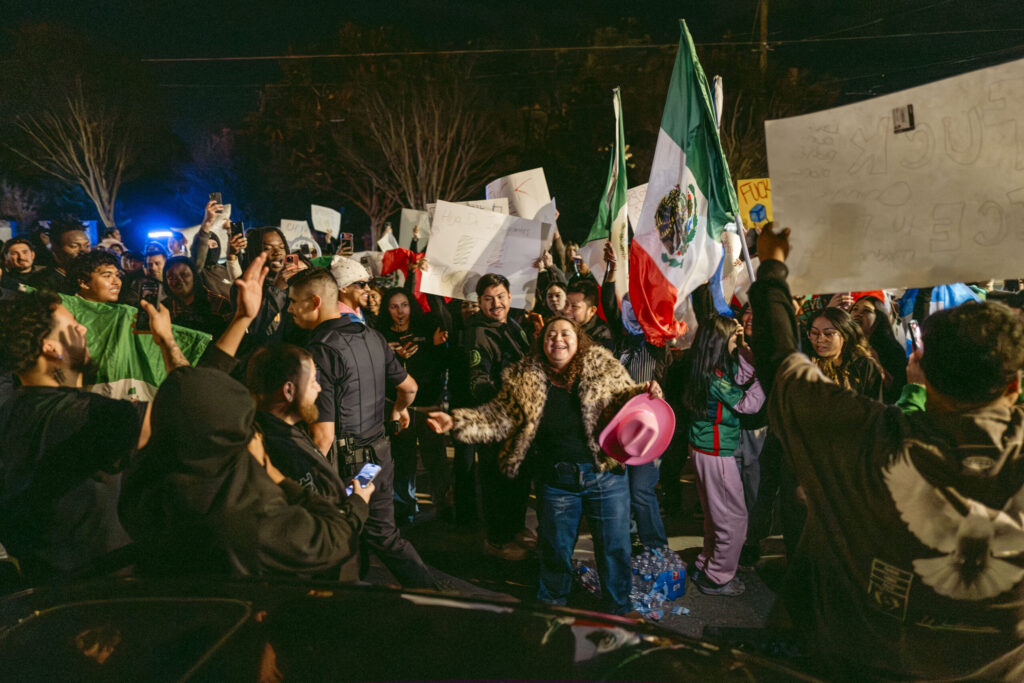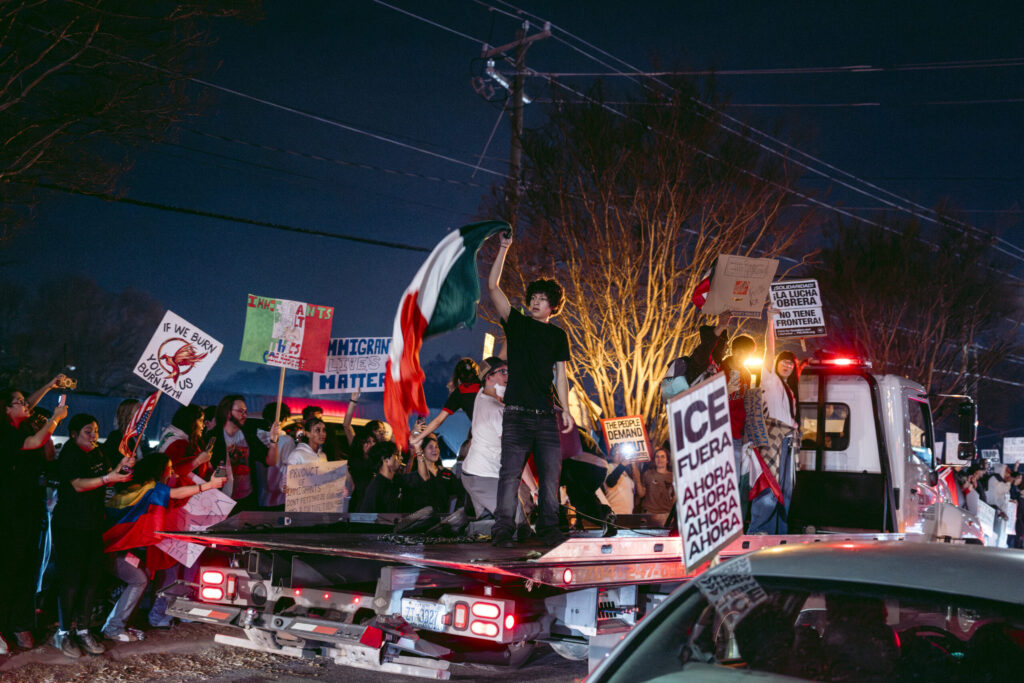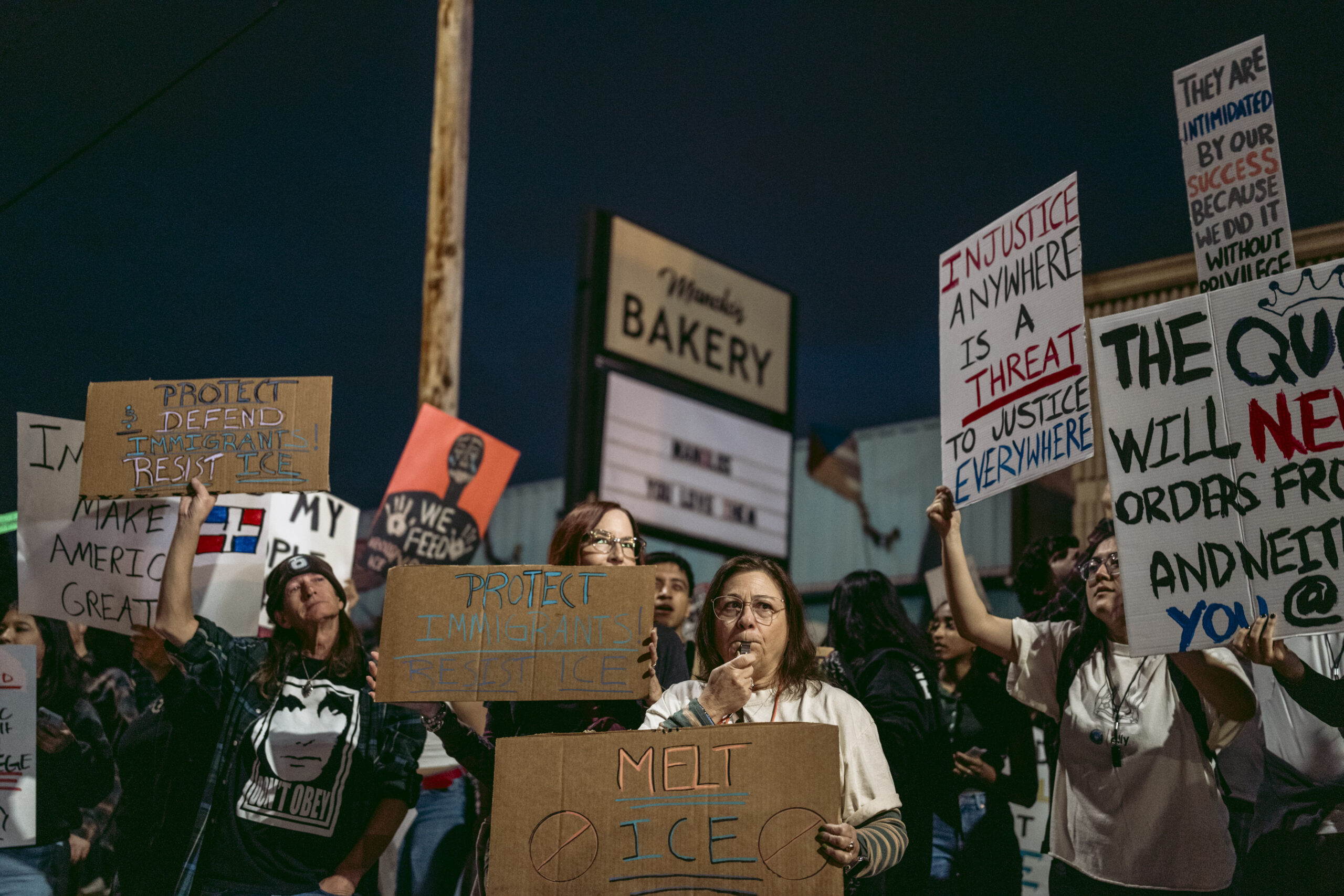Let’s start with a story I know is true.
I ran over a nail last Monday morning. Photographer Logan Cyrus and I had planned to ride around and talk to people about the U.S. Customs and Border Protection’s blitz here, but somewhere between my home and daycare my tire started going flat. I asked him to pick me up at a tire shop on Monroe Road.
He called a few minutes later to say he’d be late. He was pulling out of his east Charlotte neighborhood when he saw several unmarked CBP vehicles. He did what any journalist — or any curious Charlottean last week — would have done. He followed them for a few blocks to see where they were headed. Trust, but verify, if you will.
We were still on the phone when he said, “Oh, they stopped. They’re blocking me in.”
I heard another voice on the line: “This is your warning,” an agent said, before threatening to arrest him. Logan asked what the warning was for, then said that he was with the press and not trying to impede.
The agent then accused him of reckless driving and honking his horn — which, I promise, he hadn’t — then told him to leave.
Logan, I should point out, is from Ohio. And while that might seem like a foreign land, it’s definitely in the United States. He’s also a veteran who served in Iraq. And there he was, driving on streets he drives every day, being accused of crimes he didn’t commit by border agents dressed like they were headed to war.
I was more stunned than he was. Logan shook it off, and kept talking to people and making pictures.

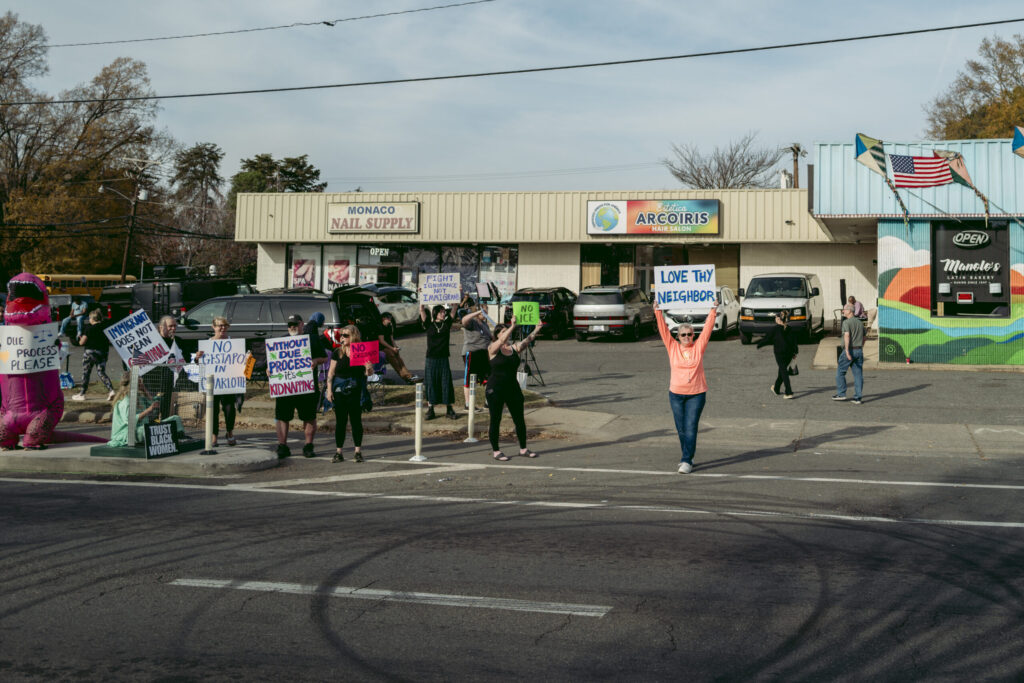

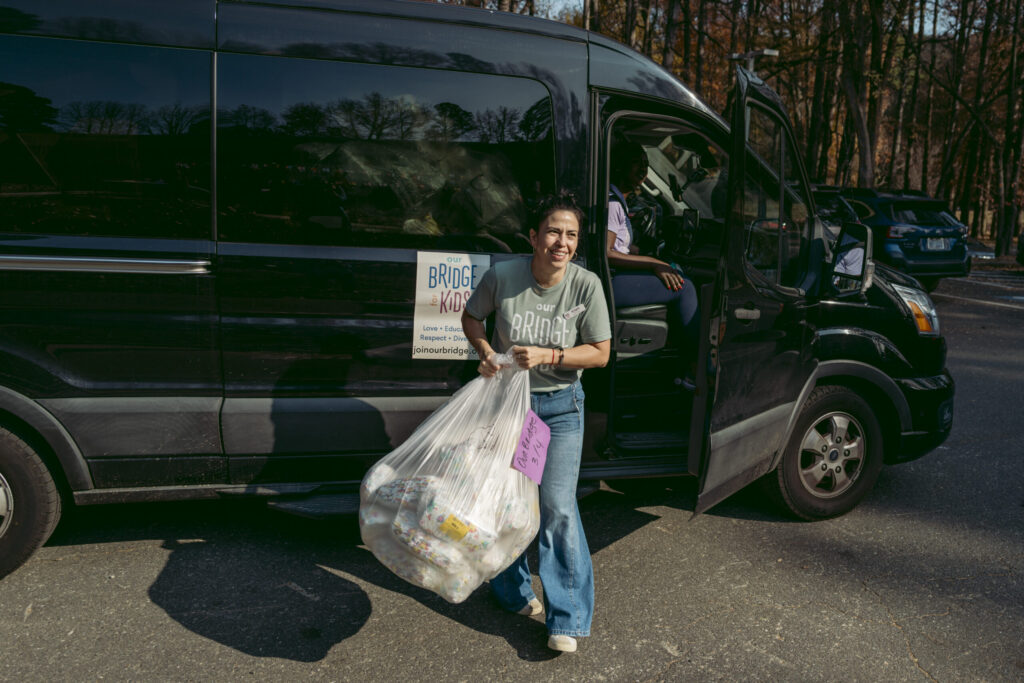
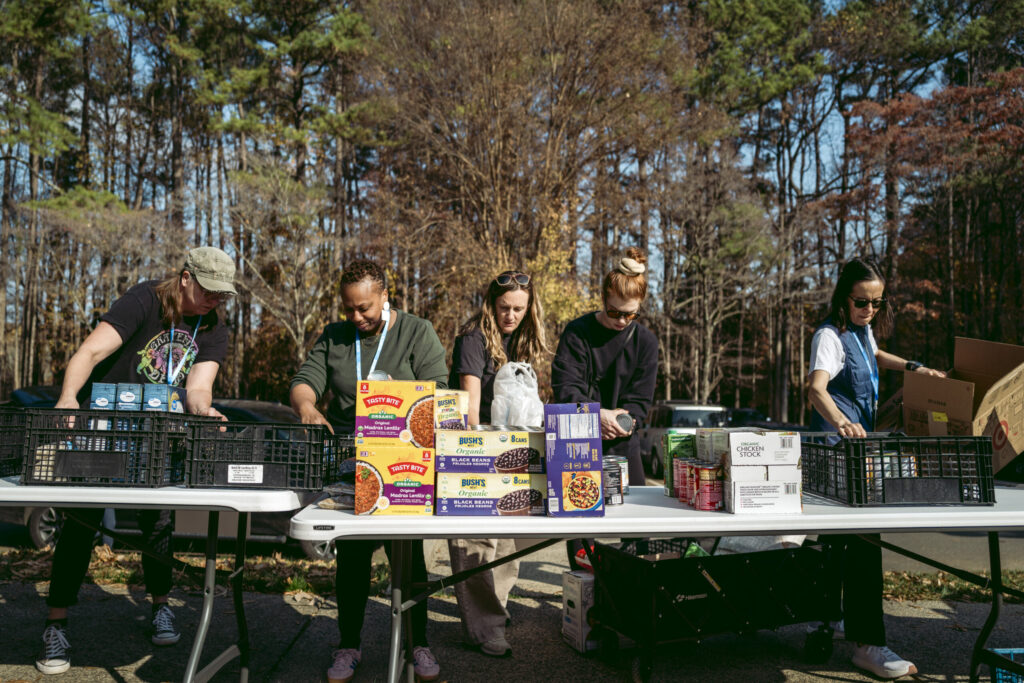

A part of me wanted to believe the Department of Homeland Security’s assurance that last week’s operation in Charlotte would target only the “worst of the worst,” people who’d committed heinous crimes but were out free for one reason or another. The truth is that our immigration system is a mess, and was overwhelmed by border crossings. I’ve never been one to try to claim more of this earth than I need, but I understand that countries need to enforce borders and laws.
But seeing the operation up close snapped that trust in two. They pledged precision. Instead they came through neighborhoods like a leaf blower, scattering people in their path and disturbing the peace for anyone nearby, particularly along Central Avenue and South Boulevard, where most of our Latino population lives. But it wasn’t limited to those places.
At Myers Park Country Club, agents entered the grounds without a warrant and detained a worker who turned out to have proper documentation.
Around Charlotte, people on roofs were stopped and asked for identification. Construction projects froze. Businesses closed. Nearly 30,000 children didn’t go to school last Monday. A good number of those who did attend classes staged walkouts — Garinger, East Meck, and South Meck all protested the CBP presence.
DHS said the operation led to 370 arrests as of Friday. That’s only a fraction of the 150,000 or so foreign-born residents living in Charlotte. But the randomness and warrantless detainments created fear beyond that small percentage.
Last Sunday, I wrote about how Manolo Betancur, a Colombia-born U.S. citizen who runs Manolo’s Bakery, was carrying his passport around. The next day, television crews from around the country were outside his shop. On Monday evening, a small crowd gathered to hold signs and protest. By nighttime it resembled a party. The crowds grew each night, and Manolo’s became center stage for east siders to voice their frustration. They self-policed, too. After a few cars did burnouts on Monday, Manolo and other community leaders asked them to stop, to keep the protests peaceful. They did. East Charlotte came alive with families, teenagers, and clergy showing up in person, not online, to say: These are our friends.
A couple of miles away on Shamrock Drive, ourBRIDGE — a decade-old nonprofit that serves immigrant and refugee families, and one of the happiest places in Charlotte on the inside — shut down its afterschool program after agents tried to enter the property. They came back the next day, only to be turned away again. So ourBRIDGE focused on what it could control. It collected food and donations for families too scared to leave home. Cars wrapped around the parking lot to give.
Across town, hundreds gathered at a church in Dilworth to learn how to volunteer outside of schools and businesses, to alert people that the agents were nearby. Moms’ groups on Facebook lit up with donation requests and carpool plans. And local media outlets like The Charlotte Observer and WFAE provided steady, sober reporting. The Observer’s top story today revealed that DHS had incorrectly claimed that a Honduran homicide suspect had been released by local authorities. He hadn’t. He never left jail.
In other words, the community delivered more precision than the federal government promised.

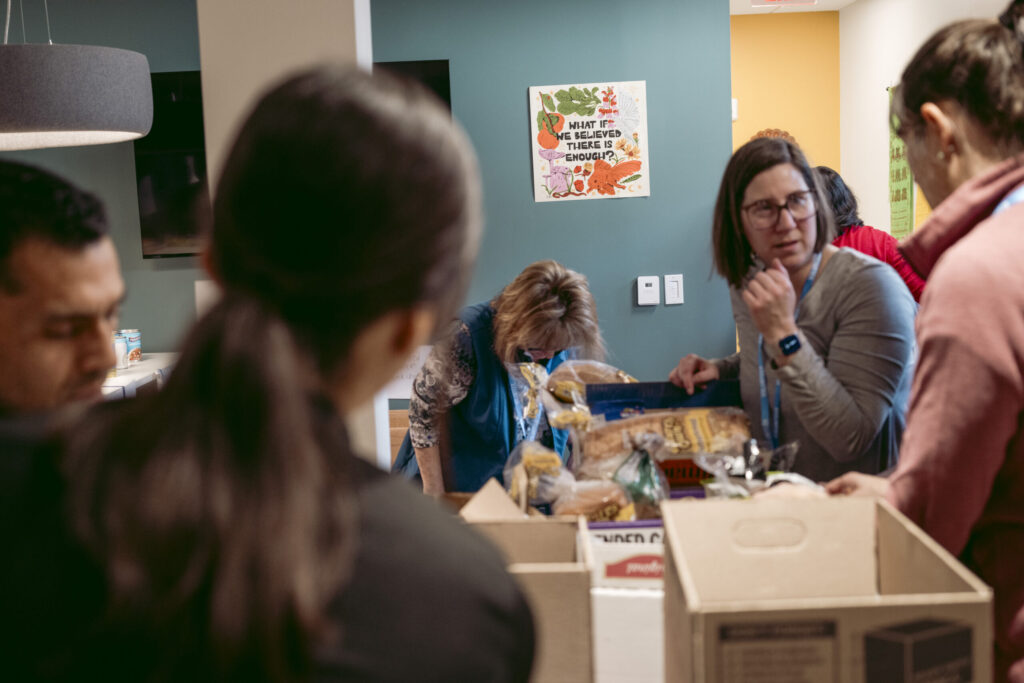
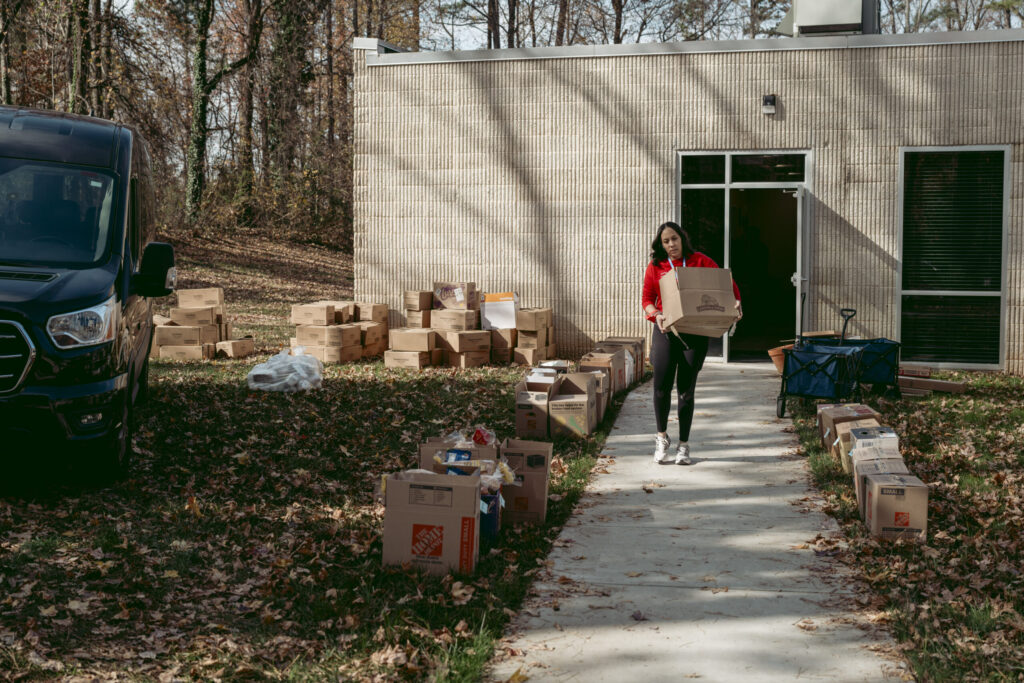



Charlotte’s reaction might’ve surprised some, including Border Patrol agents themselves. But locals were quick to note that the city has a history of showing up, all the way back to the Revolutionary era when a small militia sent Cornwallis and his British troops packing, leaving only the lasting description of our city by calling it “a hornet’s nest.” The Guardian said the city showed a “bless your heart” resistance.
In June 2020, I sat down with Harvey Gantt, Charlotte’s first Black mayor, to talk about the demonstrations following George Floyd’s killing. He said something I’ll never forget: “I am encouraged by the diversity of the demonstrators, the protesters nationwide. But … I wish there was a safe space for the people who are not in agreement with [the protests].”
His point was that protest movements often gloss over the quieter, opposing views. That’s likely true again. No doubt lots of people in Charlotte cheered on last week’s operation, or at least what it promised. Some probably agree that innocent people getting swept up are necessary “collaterals,” as they’re called.
Perhaps the dullest debate stage in America these days is a platform called X, which belches endless heartburn into the world with no signs of changing its diet. Some there seemed to advocate for putting a bounty on immigrant children’s heads last week. They’d stumbled upon the concept of “per-pupil spending.” That knowledge predictably collided their other obsessions, immigration and crime and virality, and soon the Great Engagement Chasers had uncovered a shocking corruption: If Americans just stopped spending taxpayer money on all immigrant children, we’d have more to invest in other prevailing American trends, like forgetting the whole point of America.
The good news from last week was that social media proved again to not be reality.
Reality was neighbors meeting in person. Reality was a city making clear that you can enforce laws without dismantling trust. Reality was nuance.
Take CMPD. Five years ago, if you’d told me I’d see activists cheering on CMPD, I’d have wondered what planet you were describing. But just before agents arrived eight days ago, CMPD reminded the community that they don’t carry out immigration operations. The statement wasn’t a defiance of Border Patrol. It was to reassure immigrants, documented or not, that they could still call 911 if they were victims of a crime.
The CMPD officers who showed up at Manolo’s rely on people there to help them solve crimes, not invent them. Their presence and understanding was a quiet acknowledgment of something bigger: federal power only goes so far when a community stands up and says, Wait, this is still our city.
More photos from the week continued below.
